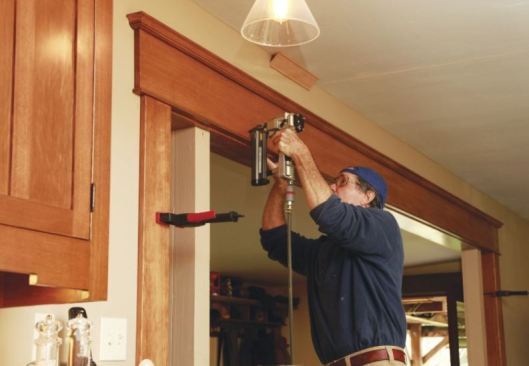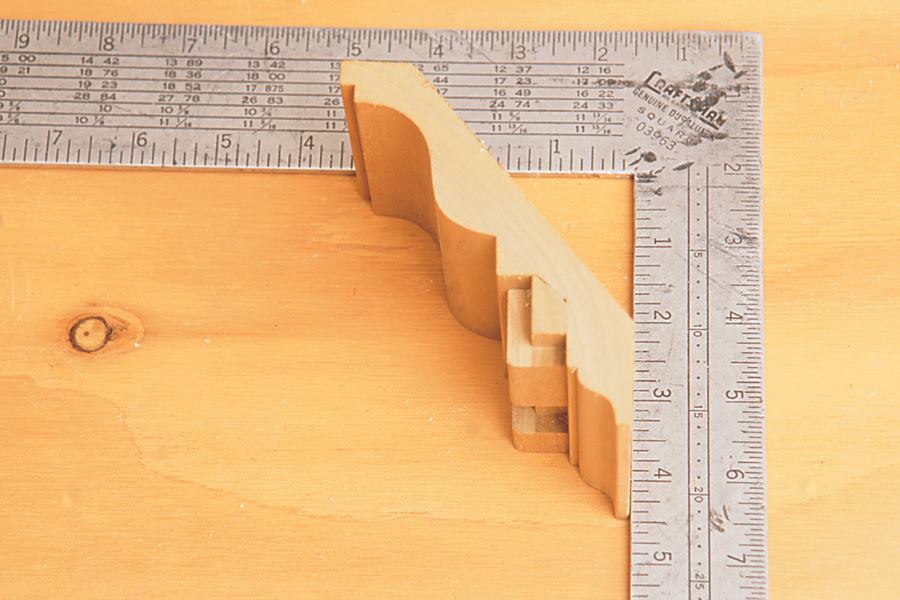
Gary Katz, whose fame as a finish carpenter first spread from his involvement as a JLC Live presented and later with the launch of his own Katz Roadshow describes how he made the transition from simply working at his craft to actually becoming a business man:
When I started out I was trying hard to get a handle on my costs. I’d been a general contractor for only a few years, but I was already tired of late nights and blurry eyes trying to bid plans. I worried about my prices, too: I wasn’t confident about the numbers I used. I found it especially hard to keep track of labor costs.
Then I met a fellow contractor at the lumberyard who started talking about his new Tandy computer. I was all ears. He invited me over to see this astounding instrument, and I left his home that night buzzing with new ideas. Not long after, I started specializing in finish carpentry, and I’ve been using a computer to track my costs and help me bid jobs ever since. I don’t use any fancy programs — just a simple spreadsheet. I use the same system for bidding an elaborate custom home that I use for standard jobs. My spreadsheets might change size, but the basic approach is always the same.
